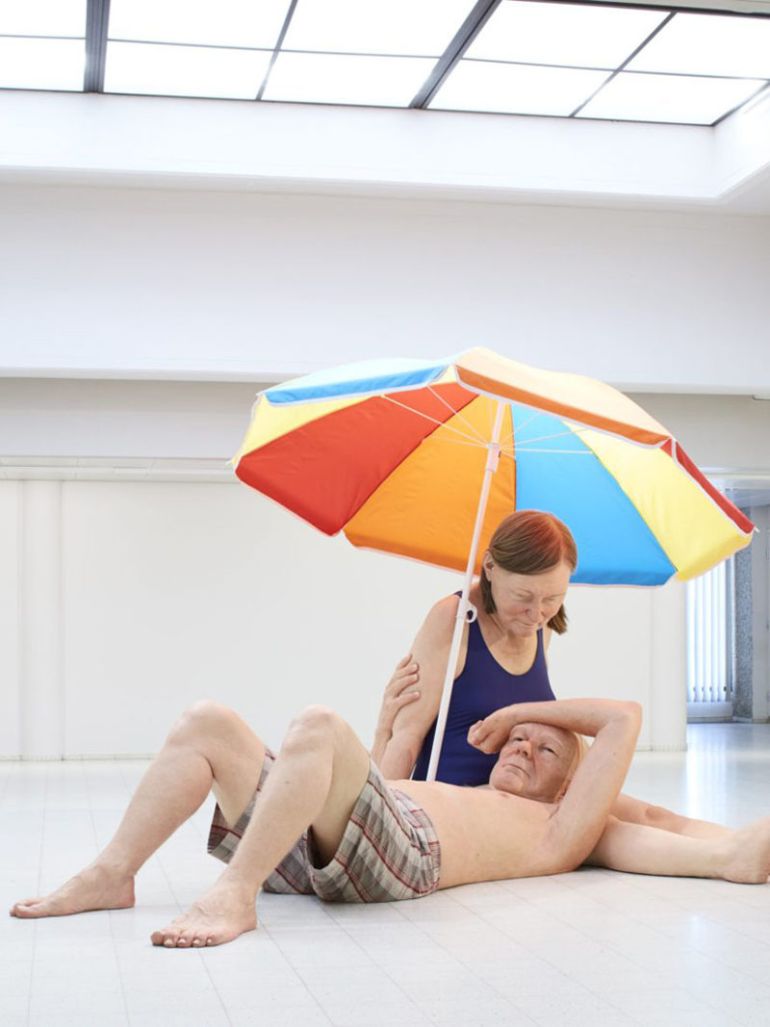
Who was Nobuo Sekine?
Nobuo Sekine (1942-2019) was among the key figures of the Mono-ha (The school of things) group. The group was active between 1968 and 1975 in Japan.
The members focused on exploring natural and industrial objects such as stone 1, wood, earth, paper, cotton, glass, sheet steel, oil, wire, and water. The group’s main objective was to create pieces that shone light on the negative effects of uncontrolled industrial development in Japan.
For this reason, it was essential for them to transgress traditional concepts of artistic representation for them to show the world as they intellectualize it, linking materials to their properties and reducing objects to their bare forms.
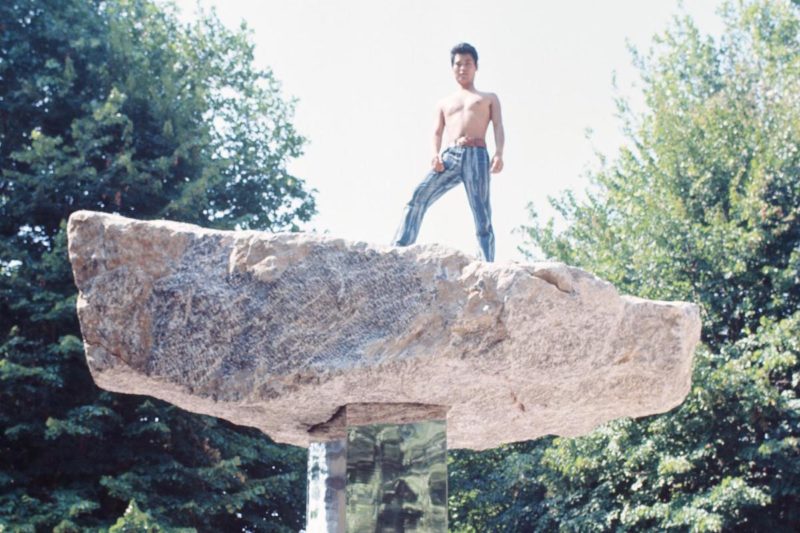
Mono-ha also refused to use Asian motifs like those obtained from Zen or Buddhism 2, which could be considered plagiaristic. Members of the group included Lee Ufan 3, Nobuo Sekine, Katsuro Yoshida, Kishio Suga, Katsuhiko Narita, and Susumu Koshimizu. All of them graduated from Tama Art University.
Video: Nobuo Sekine Interview: Sensibility of a Rock
3 min 18 sec
Phase of Nothingness
Phase Mother Earth, 1968
Phase of Nothingness
Phase Mother Earth, 1968
In 1968, Nobuo Sekine started to work on his famous Phase of Nothingness series. The work is made up of a group of pieces considered as one of his essential artworks. The first project in the series was Phase Mother Earth (1968), in which he collaborated with two artists and friends. It was the first open-air sculpture displayed in the city of Kobe.
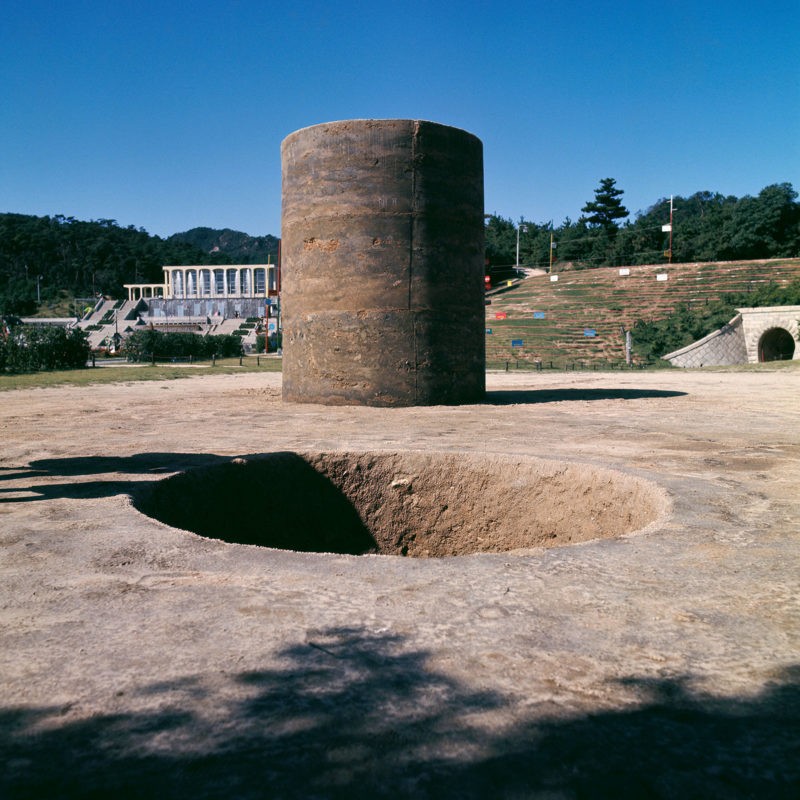
Phase Mother Earth is a large cylinder filled with soil situated beside a cylindrical hole on the ground, the same size and shape, from where it was derived. With this, the artist rendered earth as earth with as little intervention as possible.
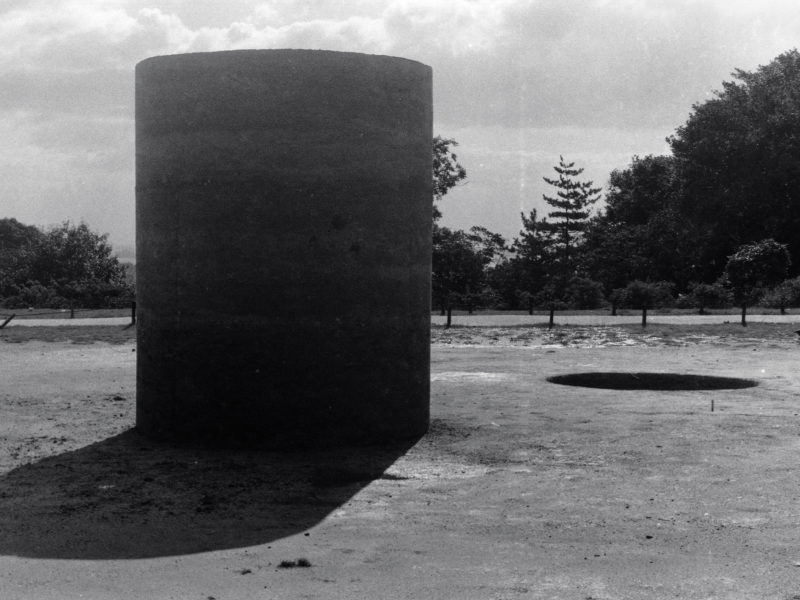
Phase of Nothingness – Water, 1969
A year later, the artist made Phase of Nothingness – Water. In this piece, Nobuo created two steel containers, one rectangular and the other cylindrical, and filled them with water.
The containers stand at 110 centimeters in one case and 30 centimeters in the other and are coated with black lacquer so that the water inside is invisible. The viewers were allowed to come close and touch the sculpture, which would reveal some waves, indicating the presence of water inside.
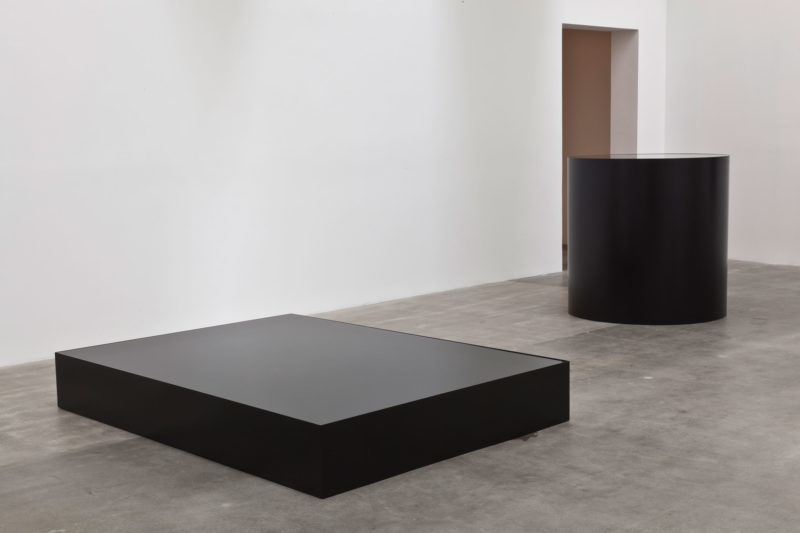
In Phase of Nothingness – Water, the artist tried to explore topology by contrasting the two rectangular and cylindrical containers, which have different forms on the outside but are equal on the interior, since the cylindrical and rectangular tank, despite their shapes and appearance, are filled with the exact same amount of water.
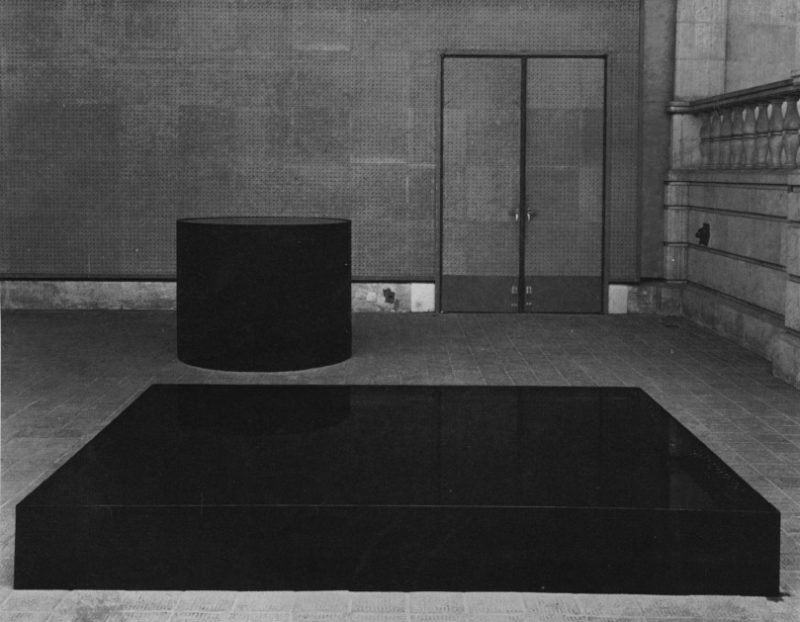
The water in the containers appears black, but it is not. The viewers can see a frequently changing world reflected on the surface of the containers. It is like the surface invites the viewers to see themselves in the brief moment that they are on the earth.
Phase of Nothingness (空相), Venice Biennale, 1970
Phase of Nothingness – Venice Biennale was a contribution to the Phase of Nothingness and consisted of a huge stone positioned on top of a tall square column made of mirrored stainless steel.
The square column reflects the scenery in the surroundings and nearly disappears from the view, while the large stone on top appears to levitate in the air.
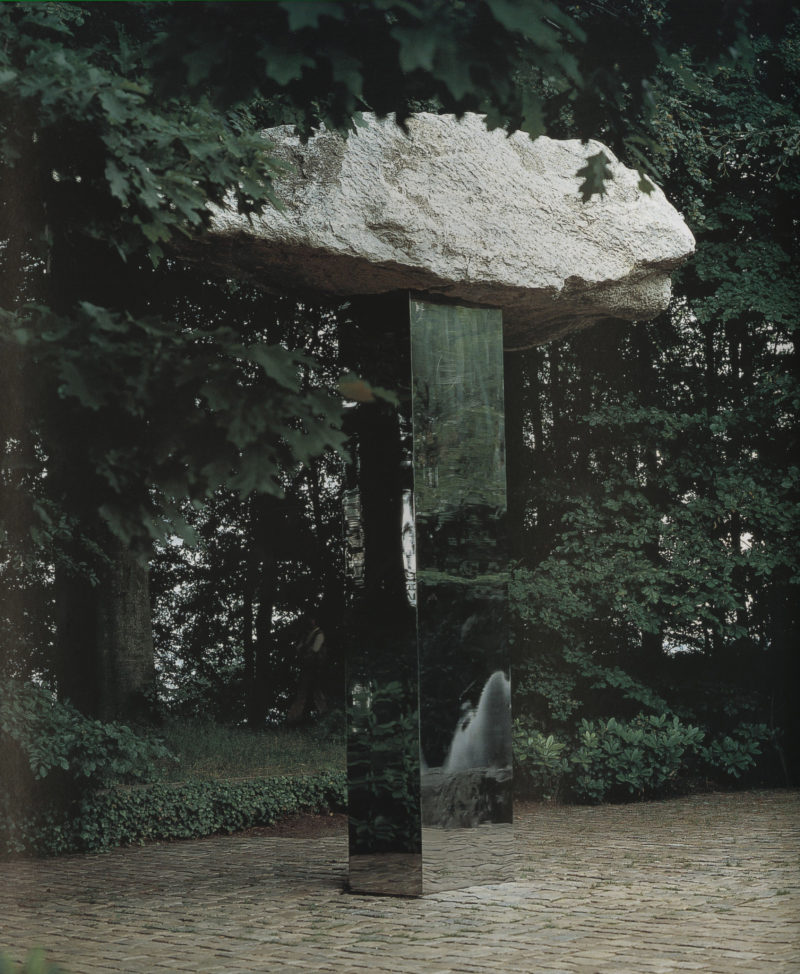
When speaking about the Phase of Nothingness, Nobuo Sekine said:
I want to think of these as readymade or found objects. As for the piece at the Venice Biennale – now at the Louisiana Museum of Modern Art in Humlebaek, Denmark – it wasn’t my intention to use a mirror. The work was four tons of granite sitting atop stainless steel, which conveys a kind of surrealist effect like a cloud, with the mirror disappearing, but then when you get close, your body reflects in the mirror. That was something that came after and was the effect of the piece that I was interested in.
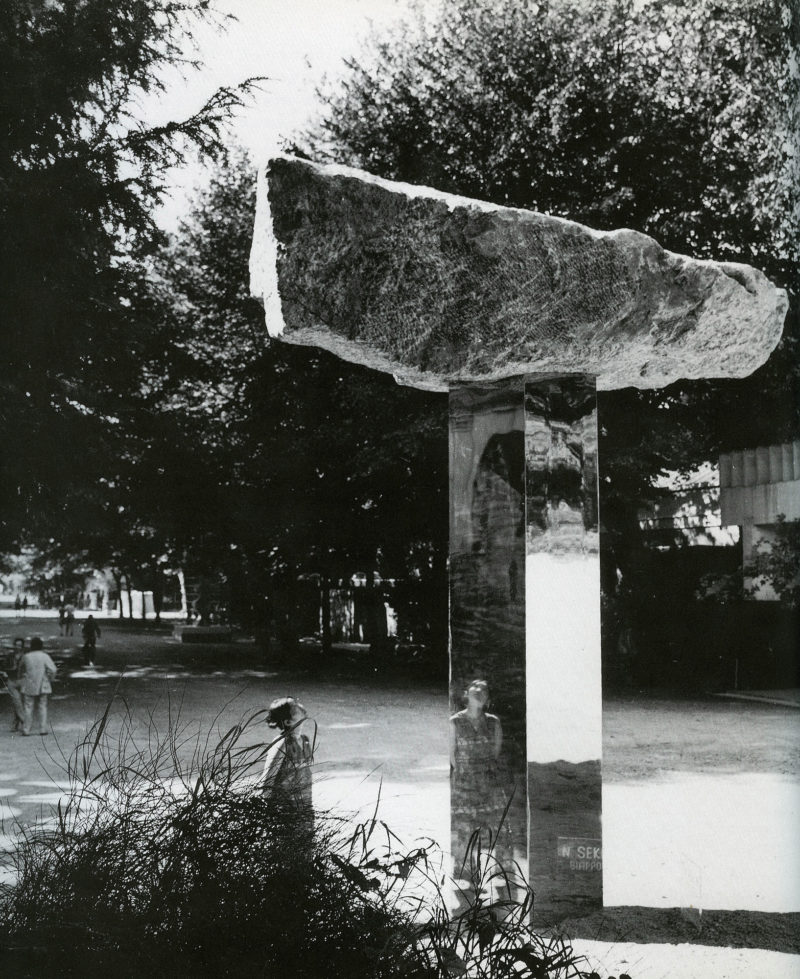
Phase of Nothingness – Skin
Another contribution to Phase of Nothingness is Skin. It was the newest project by the artist when it was selected to be displayed at the Asia Art Center in January 2019. Phase of Nothingness – Skin maintains the three essentials of Mono-ha:
- The physical and non-imaginary substantiality visible on the wrinkling surface of the piece.
- The conception of time as well as the natural balance between conflicting forces of tension.
- The manifestation of topological phases through the crinkles and folds in canvas that mirror the longitudinal waves in the membrane of the universe.

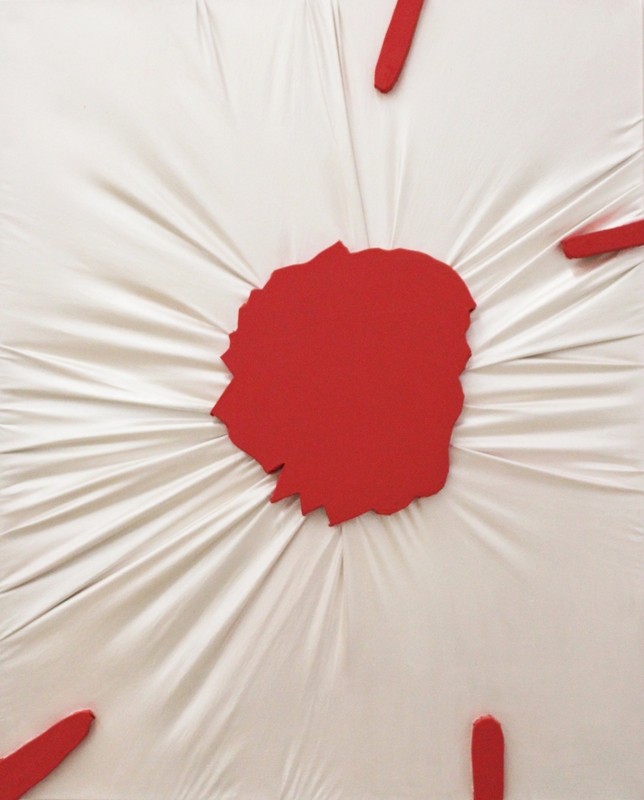
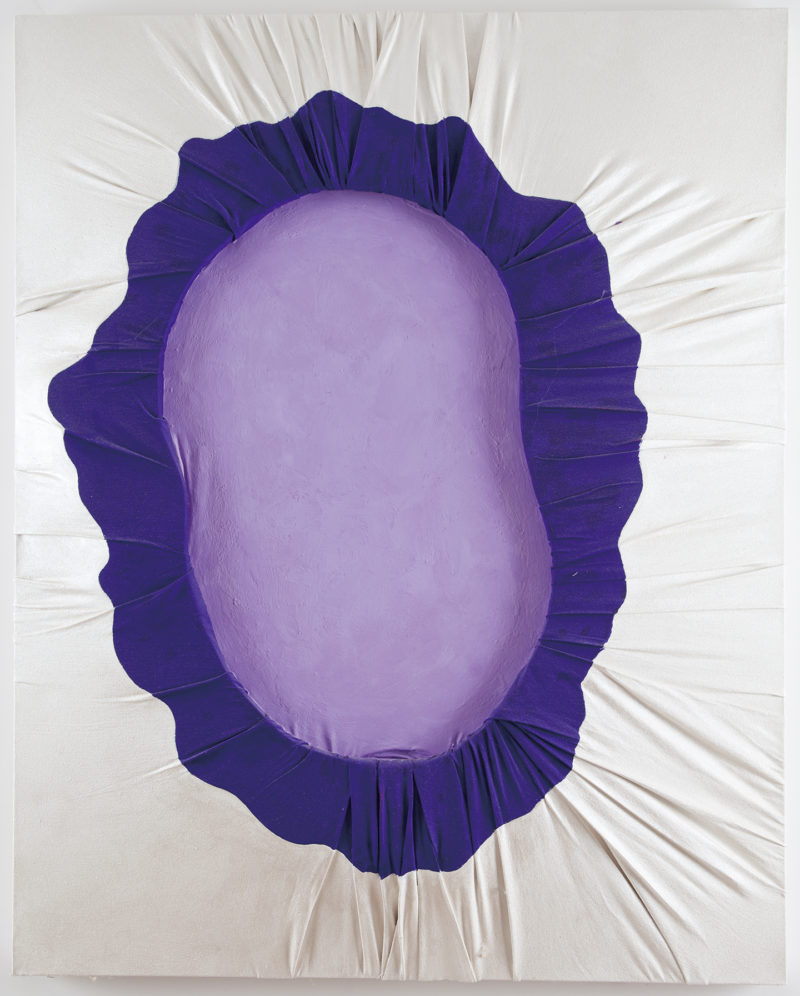
Phase of Nothingness – Black (空相—黒), 1978–79
Phase of Nothingness – Black is a lesser-known piece by the artist. It consists of black FRP sculptures that juxtapose with the manmade and natural. The almost 50 sculptures range from rough, clod-like forms that lie low on the floor to extremely polished, geometric shapes standing tall like totems.
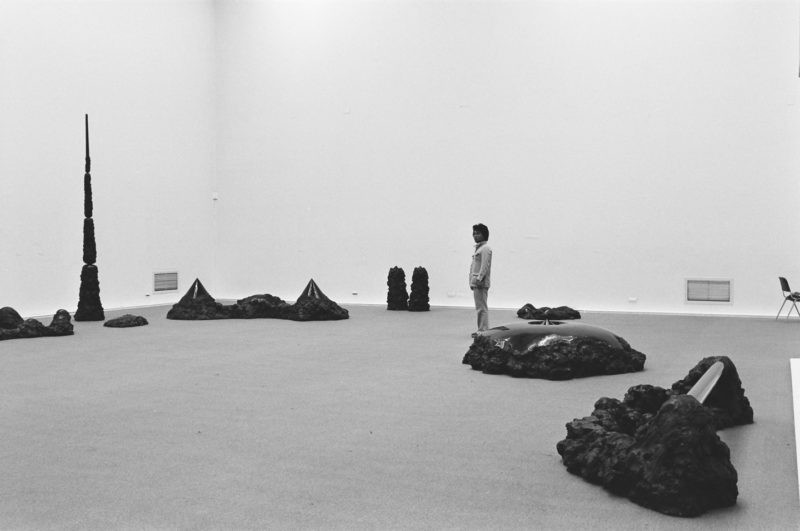
This series marked a shift in the artist’s practice – away from focusing on natural materials and flexibility. It was also a move toward the qualities of the surface used to create the sculptures. At first glance, it is hard to tell whether they are made of glass, stone, metal, or plastic.
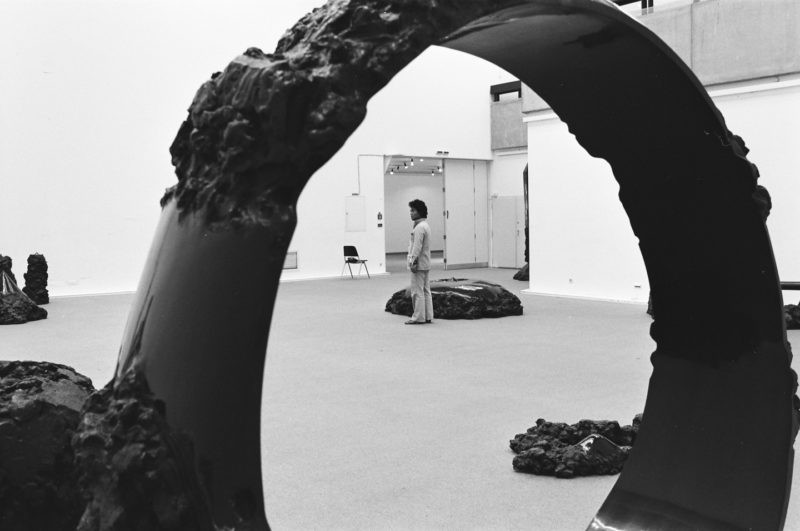
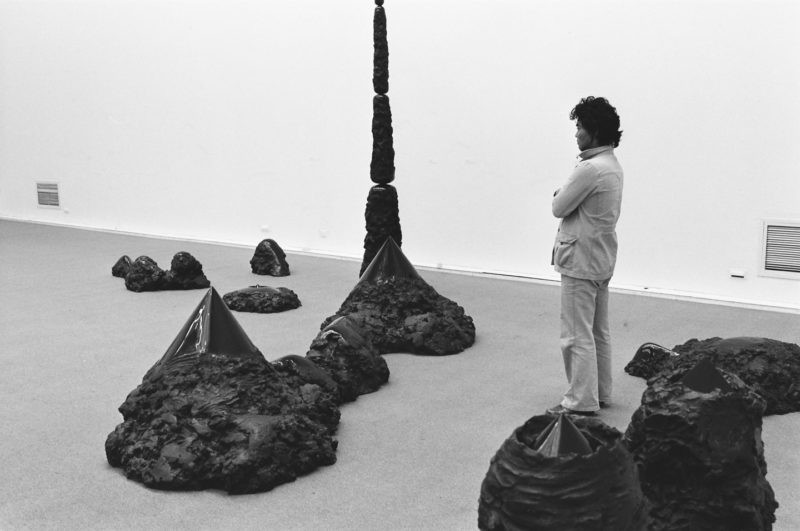
Conclusion
Throughout his career, Sekine’s oeuvre had examined the artistic possibilities of his former group Mono-ha and its ideological root in the philosophy of Zen. By fusing topological theories, a study of the properties of space, with his artistic experimentation, Nobuo’s art explores the intrinsic quality of matter under various phases of transformation.
Nobuo perceived form, space, and matter as extremely malleable. The artist deliberately made it hard for the audience to identify the material used to produce his works. All of this combined ensured that he and his work had a significant impact on the Japanese art scene.
